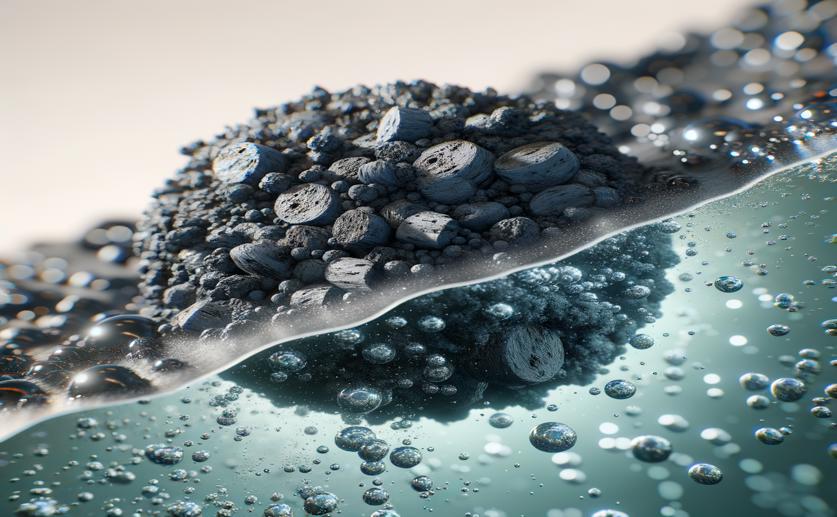
Enhanced Biochar Effectively Removes Chromium from Contaminated Water
Greg Howard
19th May, 2024

Image Source: Natural Science News, 2024
Key Findings
- Researchers at Arizona State University developed a biochar from pineapple skins to remove toxic chromium from water
- The biochar was chemically modified to enhance its ability to adsorb chromium, showing high efficiency for both Cr(VI) and Cr(III)
- The modified biochar maintained its adsorption capacity even in the presence of high concentrations of interfering ions, making it suitable for real-world water purification
EnvironmentSustainabilityBiotech
References
Main Study
1) Amino-modified upcycled biochar achieves selective chromium removal in complex aqueous matrices.
Published 17th May, 2024
https://doi.org/10.1016/j.jenvman.2024.121160
Related Studies
2) Carbon Nanomaterials for the Treatment of Heavy Metal-Contaminated Water and Environmental Remediation.
3) Adsorption of Cr(III) and Pb(II) by graphene oxide/alginate hydrogel membrane: Characterization, adsorption kinetics, isotherm and thermodynamics studies.
4) Structural dependent Cr(VI) adsorption and reduction of biochar: hydrochar versus pyrochar.



 6th April, 2024 | Jenn Hoskins
6th April, 2024 | Jenn Hoskins